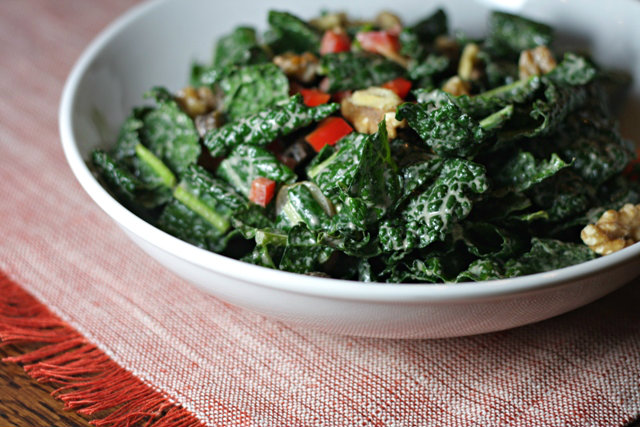We’ve all caught ourselves staring down those terrifying bottles of green juice in the grocery store, wondering if the promises on the label can justify gulping down liquified kale. The juicing industry began in the epicenters of cities and slowly juice stores began popping up all across the nation, including right here in Pittsburgh (Shadyside, to be exact) with the opening of Salud Juicery.
It’s easy to get caught up in the hype surrounding juices (vegetables are vegetables, right?), but the truth might just be enough to keep you from shelling out $10 for a bottle of this stuff.
Juicing seems like the magical solution for anyone who struggles to get the recommended 5-7 servings of vegetables a day. Most 16-oz. bottles boast at least 3 servings of vegetables, all masked with the sweet taste of fruits like apples and strawberries.
Many juices have exorbitantly high sugar levels that can wreak havoc on your body. Usually, the effects of high levels of sugar that come from eating fruit can be countered by the fiber present, which aids in controlling your blood sugar.
Juicing, however, compromises the integrity of fruits and vegetables by removing their fibrous pulp. Fruits and vegetables are a major source of fiber in the American diet, so replacing all of your daily servings with juice can put you at risk for problems associated with a low-fiber diet.
Though the vitamins and minerals remain after juicing, the fiber present in whole vegetables is extracted, which explains why you’re still ravenous after gulping down a bottle of juice.

Photo courtesy of delectablyfree.com
Juices are poor meal substitutes for a number of reasons. While the lack of fiber will do little to fill your hungry stomach, the absence of protein and healthy fats means that all your calories come from carbohydrates.
People who replace their meals with juices (AKA juice cleanses) can often see unbelievable results within the first few days, causing them to sing praises of cucumber-parsley-romaine juice from the rooftops.
Rapid weight loss can be very detrimental to a healthy lifestyle. It often leads to a loss of muscle weight, which in turn slows down metabolism and makes the body less effective at processing calories.
The best way to incorporate juices into your diet is by coupling them with protein-rich foods that will help keep you full. One of my favorite snacks to eat after a run is some plain Greek yogurt with a handful of nuts and a green juice made with coconut water. The protein from the yogurt keeps my stomach from growling during my morning classes and the coconut water is packed with electrolytes that are essential post-workout.
Juices can also serve as a great mid-afternoon snack as long as you’re cognizant of the sugar levels; generally speaking, juices that have more “green” ingredients (think spinach, kale, and romaine lettuce) will be lower in sugar than juices that are based off of fruits such as apples, mangoes, and strawberries.
This juice recipe is a great example of one that relies heavily on low-calorie vegetables as opposed to sugary fruits to make up its base.
When adding juices to your diet, remember the golden rule: moderation in all things. Occasionally choose a juice instead of a large bowl of chocolate chip ice cream watching Friends re-runs during your midnight snack.
Juicing can be a great way to sneak some extra nutrients and vitamins into your diet. Remember though, any diet that relies on just one type of food is inherently dangerous and juicing cleanses are no exception.
- Need a good place to start? These juice recipes contain a variety of ingredients, so you’re sure to find something that strikes your fancy.
- Read about a girl who claims juicing changed her entire life.


